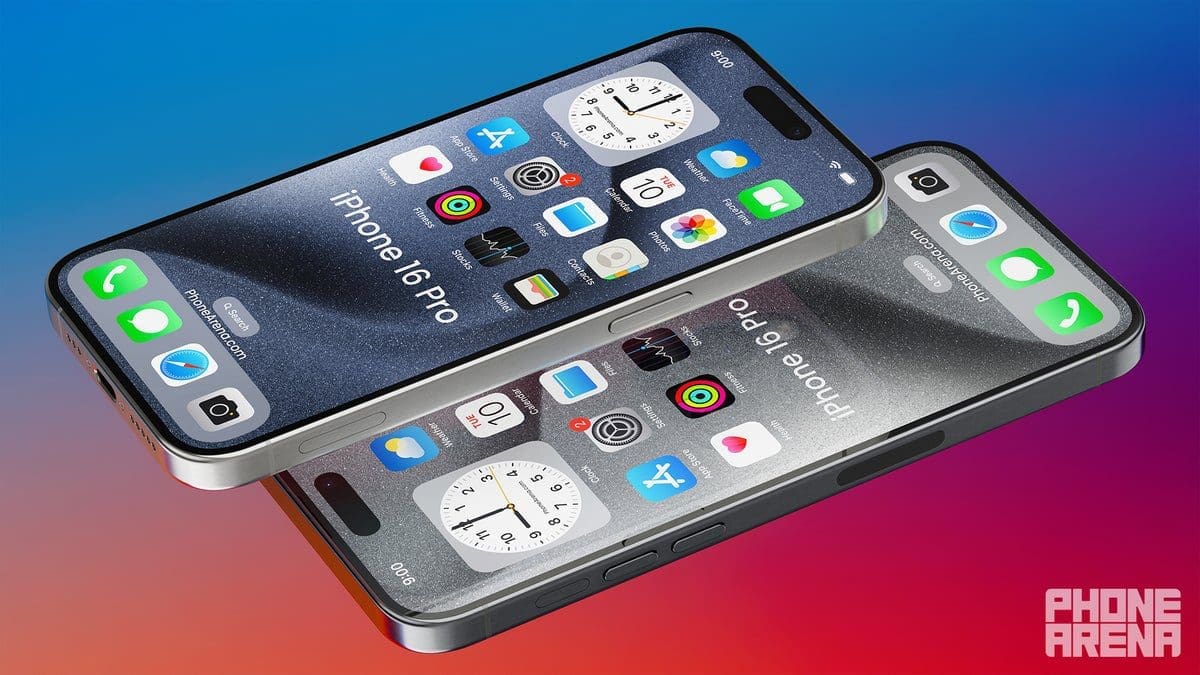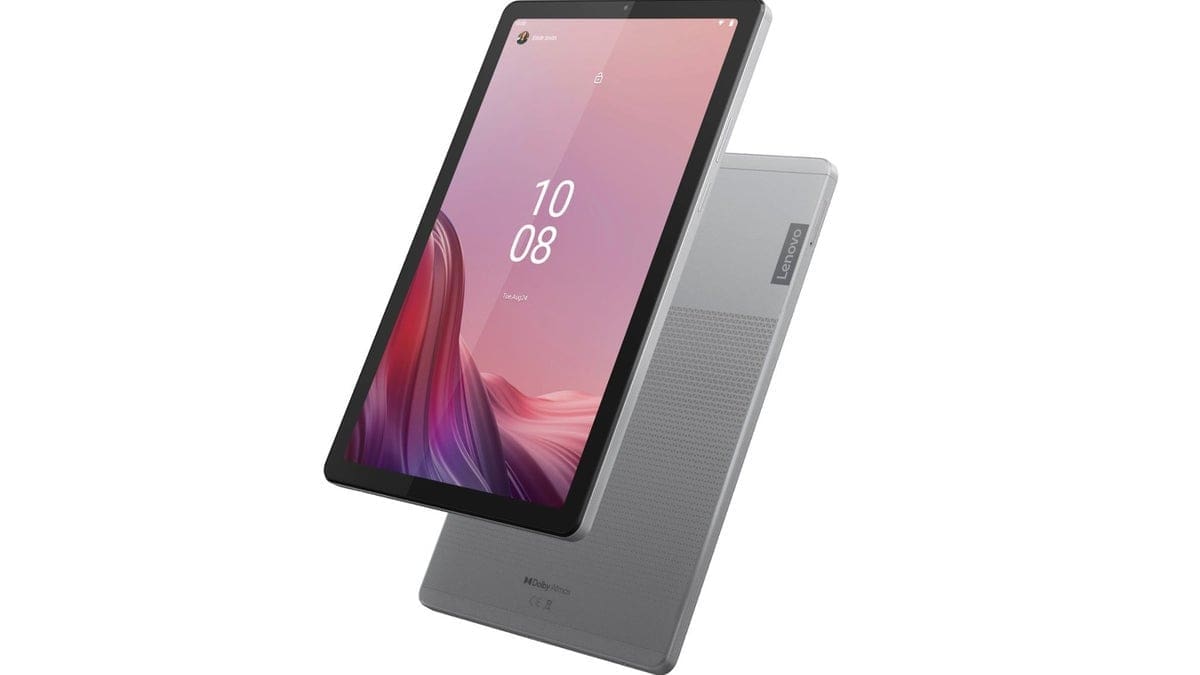Huawei’s Innovative Approach to 3nm Chips
It seems that the U.S. sanctions aimed at hindering Huawei’s access to cutting-edge chips may not be as effective as intended. Huawei has filed a patent for utilizing self-aligned quadruple patterning (SAQP) lithography to construct 3nm chips through multi-patterning techniques. This approach is supported by another patent filed by SiCarrier, a state-funded chip manufacturing company, indicating that China’s leading foundry SMIC is interested in using SAQP with Deep Ultraviolet (DUV) lithography machines to produce 3nm chips for Huawei.
Currently, only TSMC and Samsung Foundry are producing 3nm smartphone chipsets, requiring Extreme Ultraviolet lithography (EUV) for etching intricate circuit patterns on silicon wafers. Despite U.S. sanctions restricting the supply of cutting-edge chips to Huawei from foundries using American technology, ASML remains the sole producer of EUV machines, with restrictions on shipping these machines to Chinese companies.
Key Points:
– SAQP technology could enable Huawei and SMIC to produce 3nm chips using DUV machines
– Transistor count determines chip power and efficiency
– The A17 Pro SoC powering the iPhone 15 Pro series boasts 19 billion transistors
Huawei’s Potential Breakthrough with SAQP Technology
Industry experts suggest that Huawei and SMIC could leverage SAQP, previous-gen DUV lithography machines, and multi-patterning methods to create 5nm chips. However, achieving 3nm silicon necessitates EUV technology, with double-patterning essential for producing 3nm chips using Low-NA EUV tools. Despite these complexities, Huawei and SMIC remain optimistic about utilizing SAQP for making 3nm chips with existing DUV equipment procured before the sanctions were imposed.
Implications of Huawei’s Technological Advancements
If Huawei manages to secure 3nm chips from SMIC despite U.S. restrictions, it could significantly impact the global tech landscape. The initial sanctions compelled Huawei to adopt Qualcomm Snapdragon chips for its flagship models like the P50 and Mate 50 series. However, Qualcomm’s licenses allowing chip shipments have since been revoked by the U.S. Commerce Department.
Closing Thoughts:
While Huawei’s Kirin 9000s processor may lag two generations behind Apple’s A17 Pro chipset in terms of technological advancement, it does support crucial features like 5G connectivity. This development marked a milestone for Huawei as its Mate 60 series became the first flagship lineup since the Mate 40 series in offering Chinese consumers access to cutting-edge technologies like mobile connectivity advancements.











